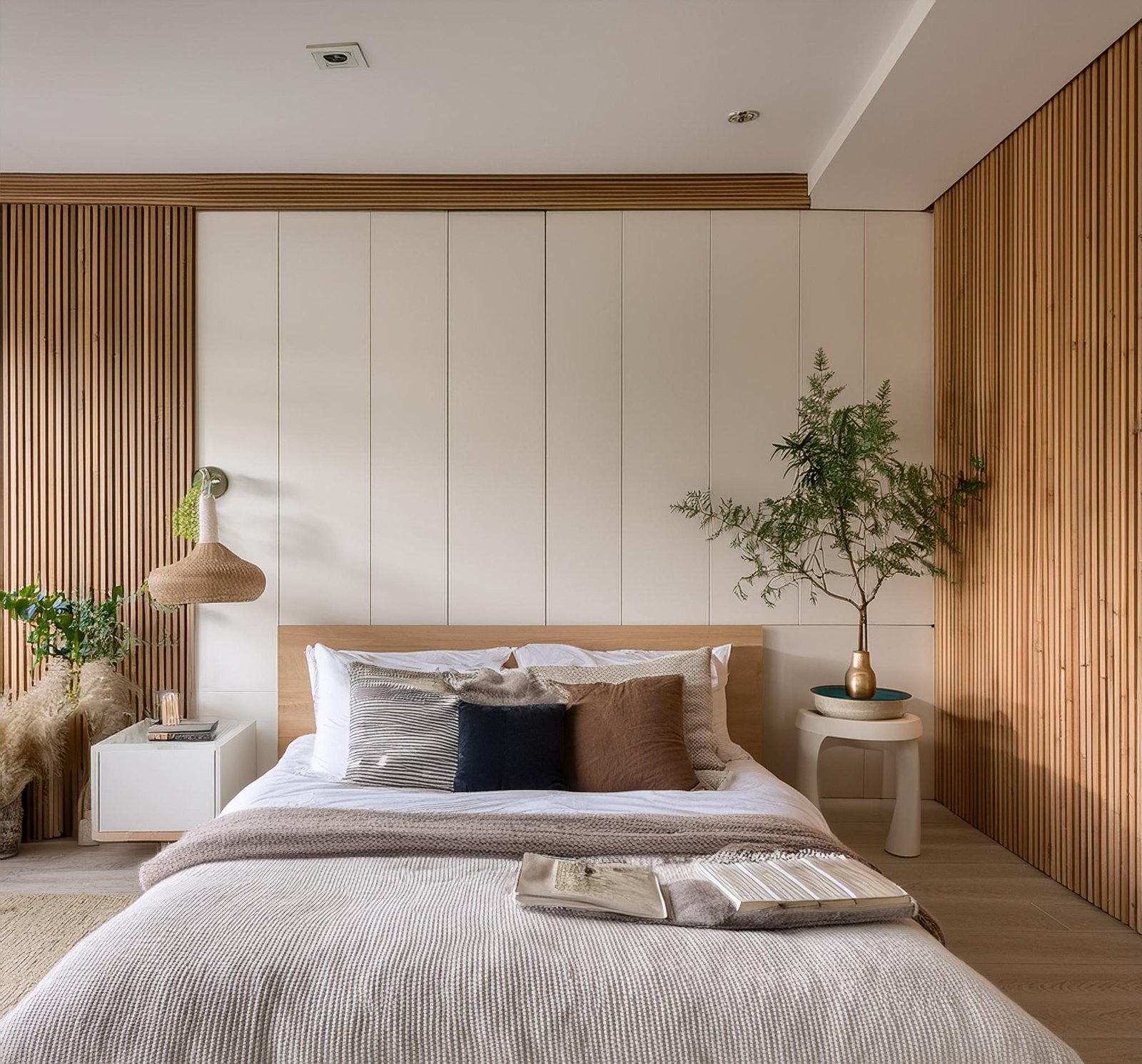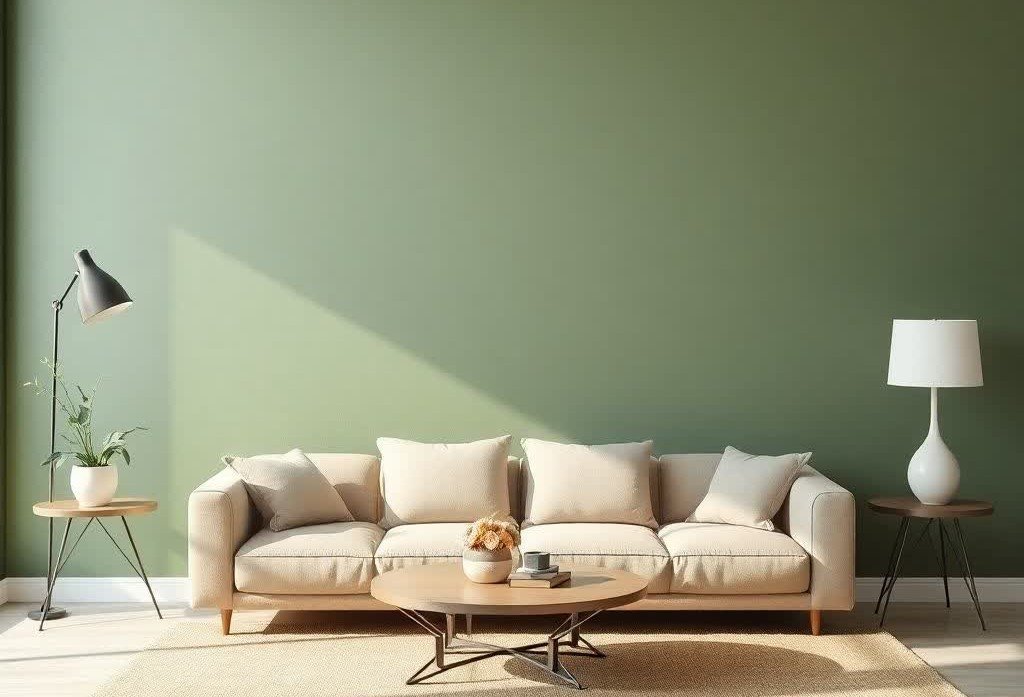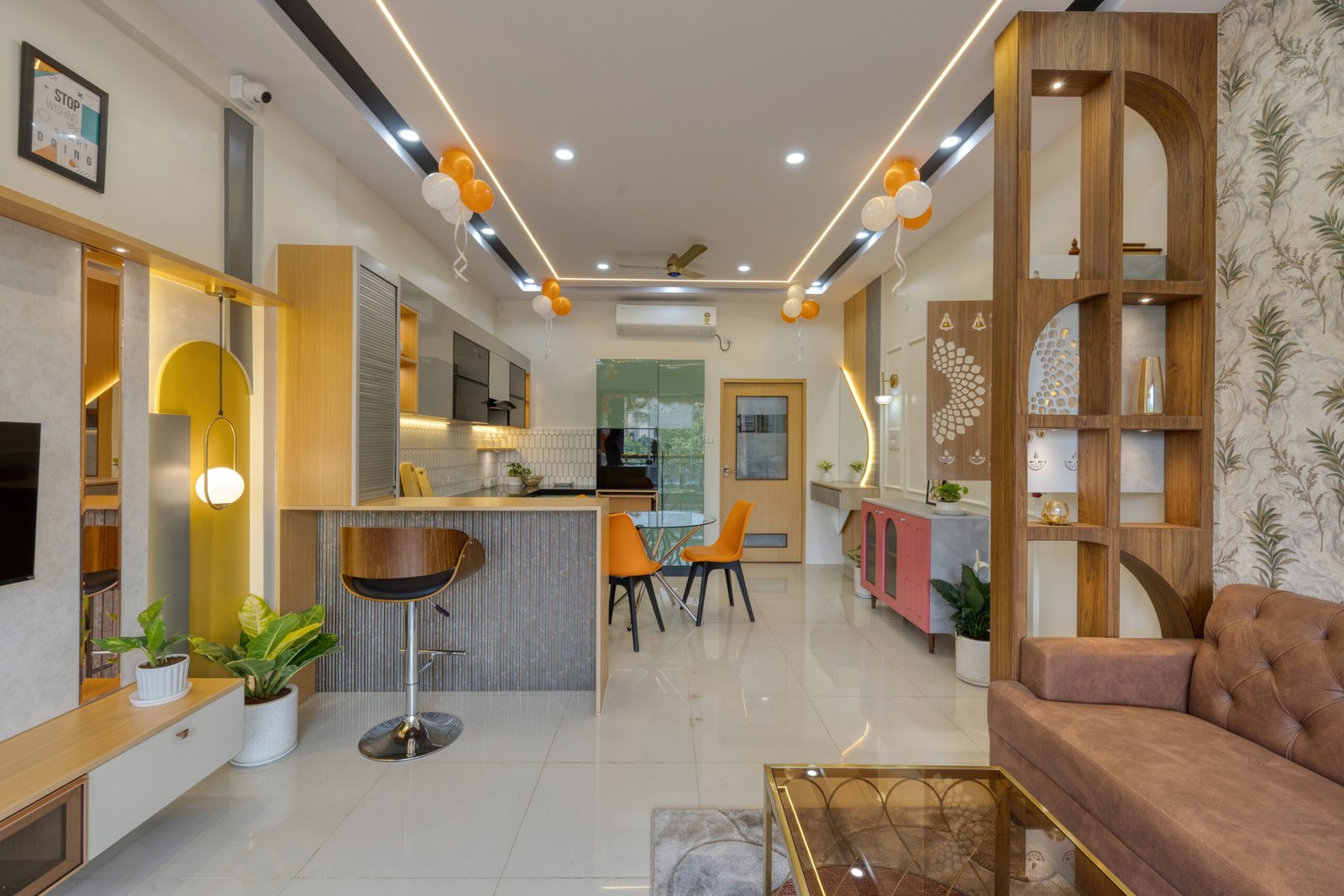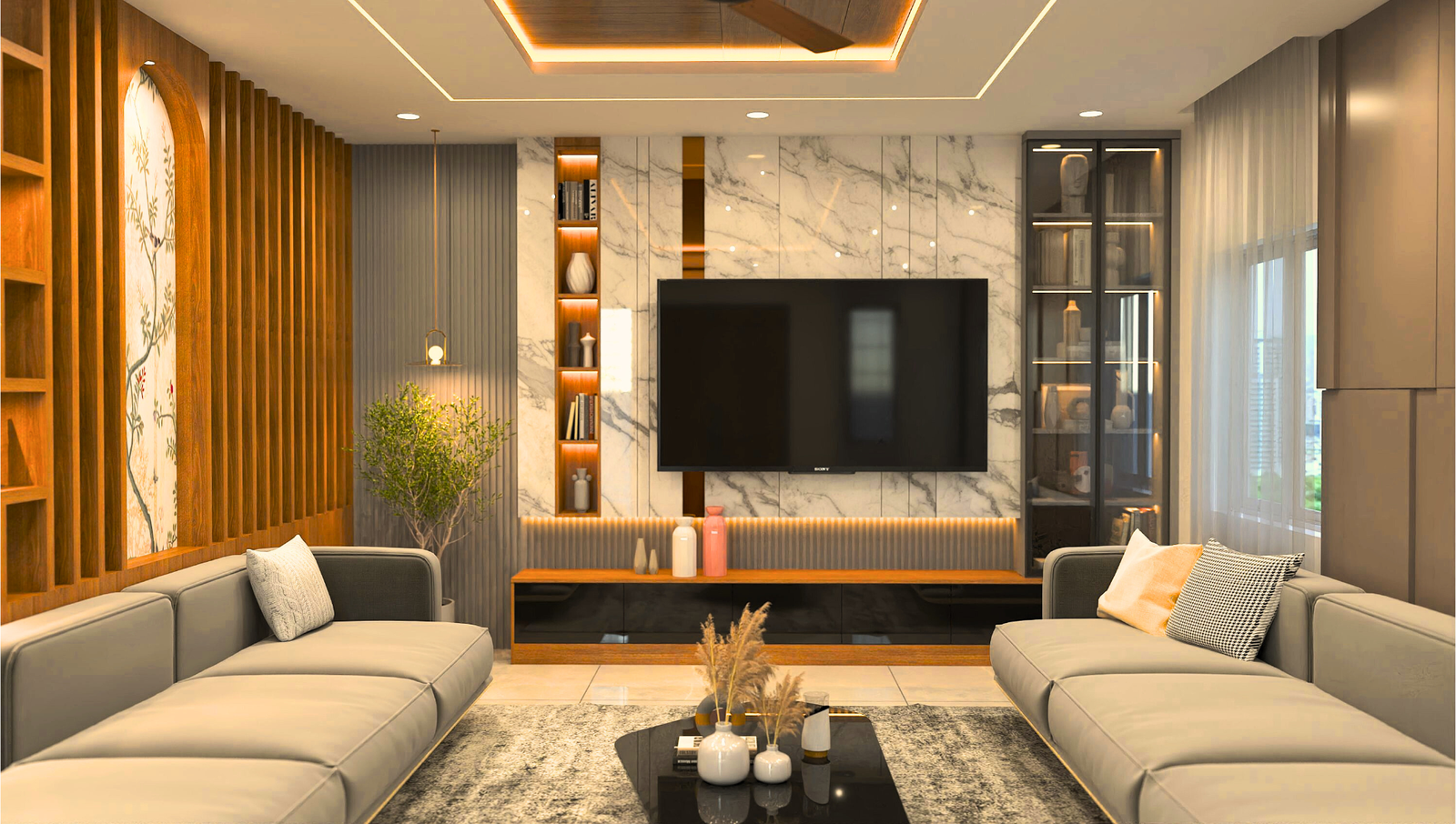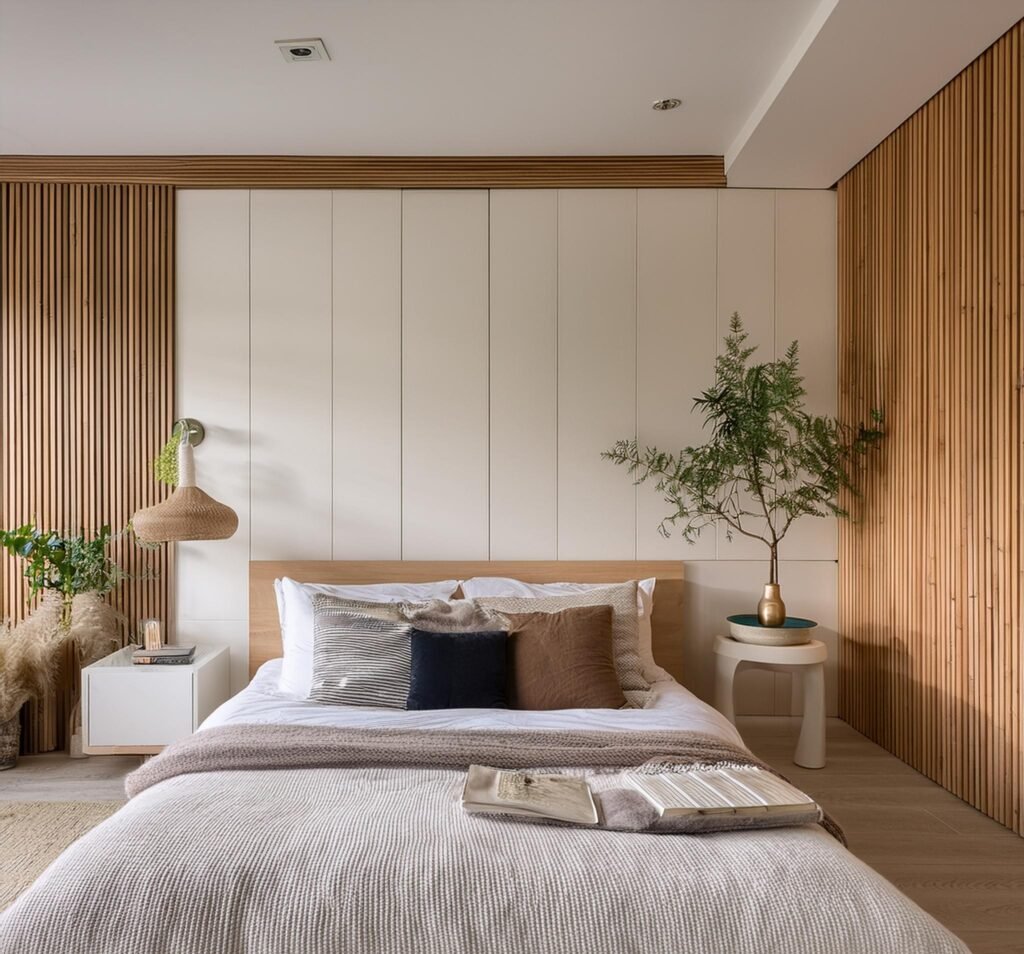
The Rise of Eco-Conscious Design
In recent years, eco-friendly interior design has gained significant traction among homeowners and designers alike. With growing awareness of environmental issues, many people are now seeking ways to incorporate sustainable choices into their home interiors. This not only helps in reducing the carbon footprint but also promotes healthier living environments.
Choosing Sustainable Materials
One of the key elements of eco-friendly interior design is the use of sustainable materials. Bamboo, cork, and reclaimed wood are prime examples of renewable resources that can be used for flooring, furniture, and decorative items. These materials are not only environmentally friendly but also add a unique aesthetic to any space.In today’s world, sustainability isn’t just a trend—it’s a necessity. When it comes to interior design, making eco-conscious choices can significantly reduce environmental impact while still achieving stunning results. From eco-friendly flooring options to reclaimed wood, organic fabrics, and low-VOC paints, discover practical ways to design beautiful interiors that are environmentally responsible. Learn how sustainable materials not only contribute to a healthier home but also help support ethical manufacturing and reduce your carbon footprint. Whether you’re renovating or building from scratch, this guide will inspire you to make mindful decisions that are stylish, durable, and kind to the Earth.
Energy-Efficient Appliances and Lighting
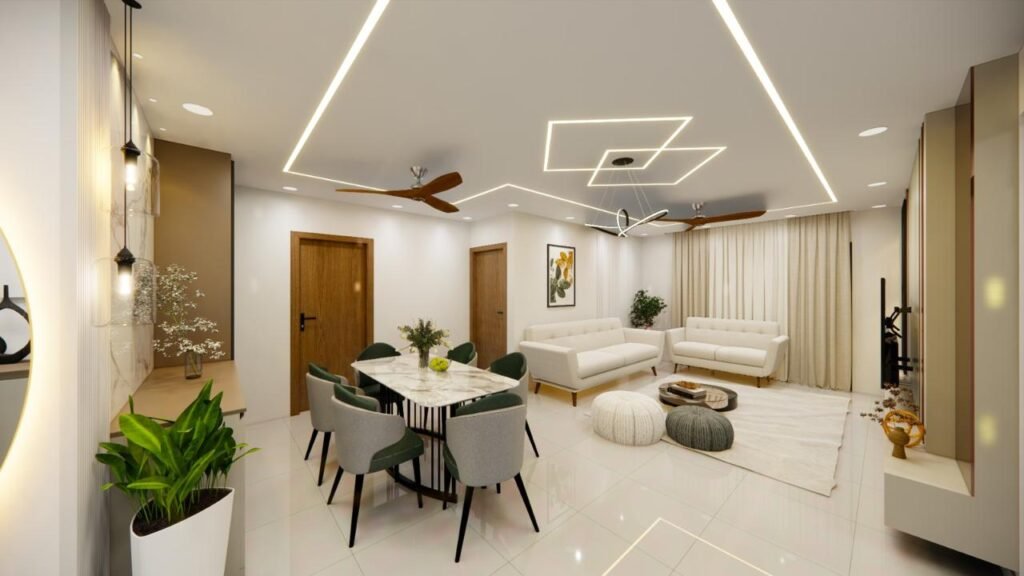
Energy efficiency is another crucial aspect of sustainable home design. Replacing old appliances with energy-efficient models can significantly reduce energy consumption. Similarly, opting for LED lighting over traditional incandescent bulbs helps in saving electricity and reduces the need for frequent replacements.
Energy efficiency is a key factor in modern home design, helping to reduce energy consumption, lower utility bills, and create a more sustainable living environment. In this blog, we delve into the benefits of incorporating energy-efficient appliances and lighting into your home. Explore how innovations such as LED lighting, smart thermostats, and Energy Star-rated appliances not only enhance your home’s functionality but also contribute to significant energy savings. We’ll guide you through selecting eco-friendly options that maintain high performance while reducing your carbon footprint.
Incorporating Natural Elements
Introducing natural elements into your home’s decor can enhance its eco-friendly appeal. Plants, for instance, not only improve air quality but also bring a sense of tranquility to any room. Additionally, using non-toxic paints and finishes made from natural ingredients can help in minimizing indoor air pollution.
Repurposing and Upcycling
Repurposing and upcycling existing items is a sustainable practice that aligns well with eco-friendly design principles. Instead of discarding old furniture or decor, consider giving them a new lease of life with a creative touch. This not only reduces waste but also adds a personalized charm to your home decor.
Incorporating eco-friendly interior design into your home may require some initial effort, but the long-term benefits to both the environment and your well-being are worth it. By making thoughtful, sustainable choices, you can create a beautiful, eco-conscious living space.

